Popular games for platform Arcade
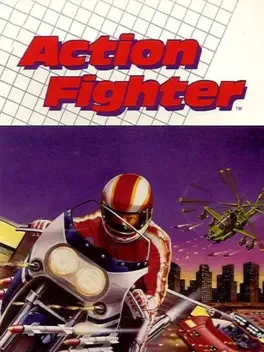
Take to the streets or take to the skies. Because Action Fighter is the incredible, transformable combat vehicle. You start out on a customized cycle. Built with enough speed and power to jump over water and overtake enemies. Then, by finding the right parts along the way, you'll change your cycle into a supercharged, state-of-the-art sports car. Next, add two turbojets to make your car airborne. And take to the skies. Down hyped-up helicopters and jet spaceships from above. And no matter which vehicle you're manning- or who you're after- get ready to stand by for action!
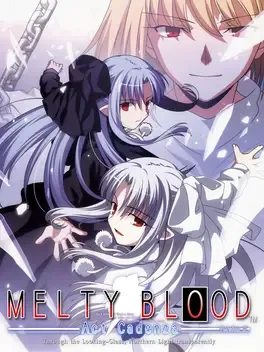
Melty Blood Act Cadenza Ver. B is an arcade port of Melty Blood Act Cadenza with various changes and upgrades, the most notable of which is the inclusion of White Len as a playable character, with a significantly weakened moveset. It also introduced a fifth button that served as a contextual action depending on the situation and the direction held on the joystick when pressed, such as dodging or throwing. This version can be identified by a dual silhouette of Len and White Len in the logo and the phrase "Through the Looking-Glass, Northern Light transparently".
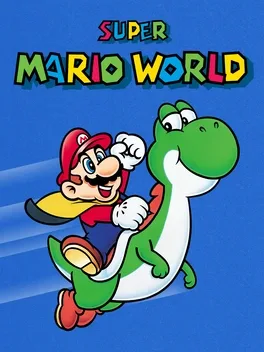
A 2D platformer and first entry on the SNES in the Super Mario franchise, Super Mario World follows Mario as he attempts to defeat Bowser's underlings and rescue Princess Peach from his clutches. The game features a save system, a less linear world map, an expanded movement arsenal and numerous new items for Mario, alongside new approaches to level design and art direction.
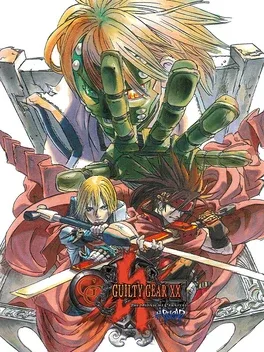
As humanity endeavored to better themselves, they created the biological marvel known as Gears. Originally intended as the next step of human evolution, they were instead fitted for war and turned against their own creators.
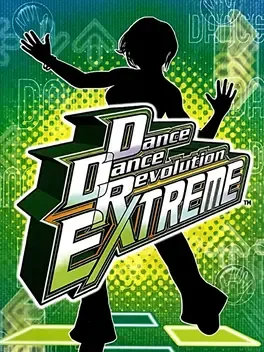
Dance Dance Revolution Extreme is a music video game by Konami and is the eighth release in the main Dance Dance Revolution (DDR) series. It was released on December 25, 2002 for Japanese arcades, on October 9, 2003 for the Japanese PlayStation 2, and on September 21, 2004 for the North American PlayStation 2. This game is the ninth release in North America, but despite having the same name as its Japanese counterpart, its gameplay and soundtrack is significantly different[1] and won the Video Music Awards in 2005 on MTV for Best Video Game Soundtrack. While the PlayStation 2 version came out in North America, the arcade version was exclusive to Japan. Despite this, the arcade version was exported to many arcades in the USA (most of them being bootlegged). Dance Dance Revolution Extreme was the last game in the DDR arcade franchise for four years until Dance Dance Revolution SuperNova in 2006. The arcade release of the game contains one of the largest soundtracks of any DDR game, featuring 240 songs, as well as music from other Bemani music titles. Konami issued an in-game thank you to the fans of Dance Dance Revolution and announced a rejuvenation of the entire series, but did not go into details. Konami's announcement led people to believe that DDR Extreme might be the final DDR release or that the series might be on hiatus or rebooted in the same manner as Beatmania and Beatmania IIDX.
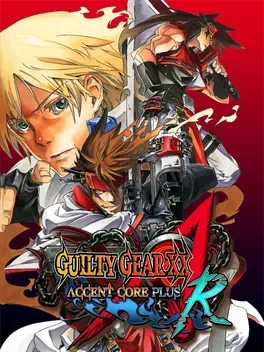
Ultimate battle action, and the epitome of the GUILTY GEAR XX series now on Steam! Bonus soundtracks included!
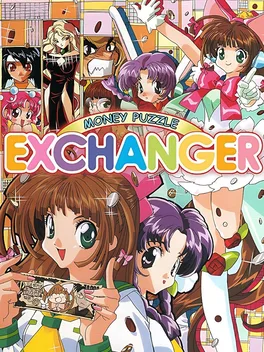
A puzzle game created in 1997 by Japanese game for the Neo Geo MVS arcade system and ported to the Game Boy and the PlayStation that same year.
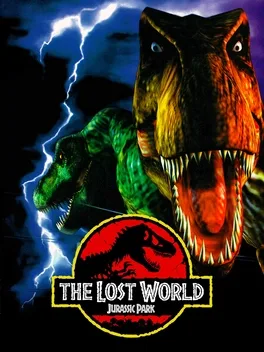
The Lost World: Jurassic Park is a light gun arcade game from Sega. It was released in 1997, and is based on the film of the same name. It is also a sequel to Sega's 1994 Jurassic Park arcade game. The game features five levels based on environments from the film, including a laboratory and a workers' village. Four of the levels feature a boss battle that must be won to advance the game. Boss enemies include Tyrannosaurus, Deinosuchus and Carnotaurus. Velociraptors are also featured as enemies throughout the game. Pachycephalosaurus, Compsognathus and venom-spitting Dilophosaurus are also encountered throughout the game. At times, the game presents the player with an opportunity to rescue a human who is being attacked by one or multiple dinosaurs. Saving the human results in the human rewarding the player with either a temporary weapon upgrade or additional health.
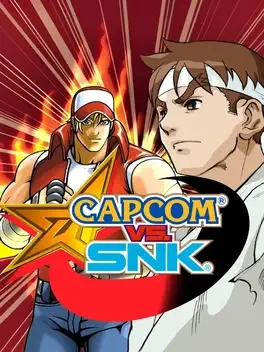
Two of the worlds greatest arcade fighter developers, Capcom and SNK, join forces to finally answer the question asked by many for years: Who is the dominant fighter? A range of fighters from both worlds are available to choose from, with two different fighting styles (Capcom and SNK, of course) meaning that players of both worlds can fit into the game easily, while new gamers can try Ryu using the SNK format.

Rally-X is a maze & driving arcade game, that was released by Namco in 1980 and licensed to Midway Games for US manufacture and distribution in 1981. It was ported to the SG-1000 in Taiwan.
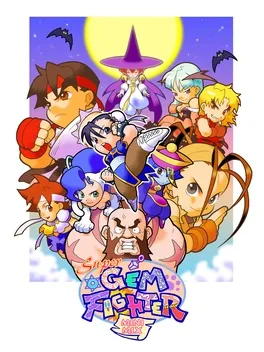
It's the most outrageous fighting game ever! Innocent but deadly, these pint-sized champions from Street Fighter and DarkStalkers pack one heck of a punch. Battle to collect power-up gems and duke it out with the most insane attacks and hilarious fighting combos of all time.
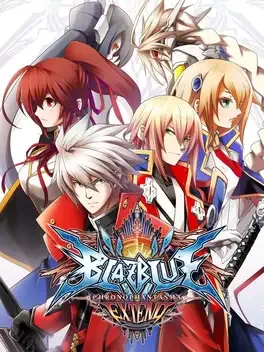
BlazBlue: Chrono Phantasma Extend (formerly dubbed as BlazBlue: Chrono Phantasma 2.0 in Arcade version) is a 2D fighting game and the enhanced version of BlazBlue: Chrono Phantasma. Chrono Phantasma Extend adds two additional characters: Lambda-11 and Celica A. Mercury. The console release introduced extra story modes, such as the beach scenario from the Playstation Vita version of Chrono Phantasma, a new story based on the BlazBlue: Remix Heart manga, and additional scenarios for certain characters such as Kokonoe, Kagura, and Bullet. For the localized version of Extend, Library Mode reintroduced from the Japanese release. The Playstation Vita version of Chrono Phantasma Extend also adds dual audio to the Story Mode, which was not present in the original Vita release.
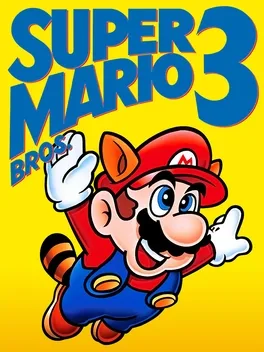
Super Mario Bros. 3, the third entry in the Super Mario Bros. series and Super Mario franchise, sees Mario or Luigi navigate a nonlinear world map containing platforming levels and optional minigames and challenges. The game features more diverse movement options and new items alongside more complex level designs and boss battles.

OutRun 2, usually stylized as OutRun2, is a 2003 racing game released by Sega for the arcades. Although this is the first "official" sequel to Out Run, it is the fourth title in the OutRun series.
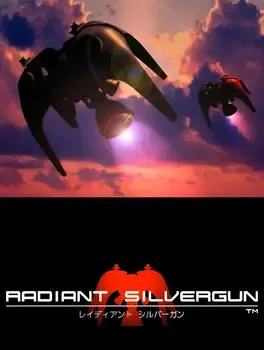
Unlike in most other shoot 'em ups, there are no power-ups. All weapons are available from the start. Weapons can 'level up', however, becoming more powerful as the player uses them to score points. There are a selection of 7 weapons that can be used at any given time: The game is designed so that there is almost always a 'right' weapon for any situation. The bosses in the game are designed so that they have multiple 'sections' which, if all destroyed before the 'core' of the boss, will award the players with point bonuses. Being able to apply the right weapons on any different boss is key to obtaining these bonuses. For example, a boss may have two sections located on either side of the screen. You could immediately go up to one and begin shooting it with a vulcan, or you could hover in the centre and hit both at the same time with the side bombs. This would increase your chance of obtaining the bonus before the time limit runs out and the boss self-destructs. The game rewards players for "chaining" enemies of just one of three colors, red, blue, or yellow. Whenever the player kills three enemies that are of the same color, who can obtain a points bonus. This also facilitates faster upgrading of weapons.
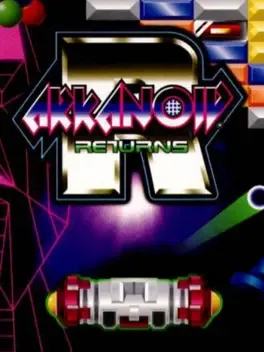
Arkanoid Returns is an arcade game released by Taito in 1997 as part of the Arkanoid series. It was the fourth overall, and third to be released in arcades. The game was since ported to the PlayStation, with an updated home release being released afterwards titled Arkanoid R 2000. All versions were released exclusively in Japan, currently making it the only game in the series to never receive an international release. The enemy known as 'DOH' still did not get the message and after many years of silence decides to attack once again. The 'Vaus' space vessel better be ready to face new, yet familiar challenges, in order to stop 'DOH' once again. The gameplay remains similar to Arkanoid: Doh it Again, the previous game in the series released for the Super Nintendo, in that it features the same powerups , some re-used level designs, and the same board size. The initial arcade game contains only 50 levels, the environment changing every 9 levels.
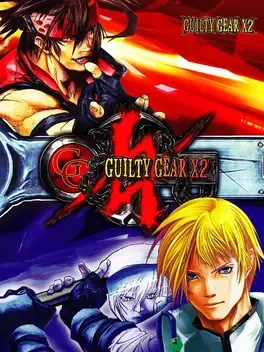
Guilty Gear X2, also known as Guilty Gear XX and subtitled The Midnight Carnival in Japan, is a fighting game developed by Arc System Works and published by Sammy Studios. The third installment of the Guilty Gear series, Guilty Gear X2 furthered the plot of the series, as well as introduced new characters and gameplay mechanics. A sequel to Guilty Gear X, it was first announced in January 2002, and was released on May 23, 2002, for the arcades, in Japan. It was later ported to the PlayStation 2 and published in North America and Europe.
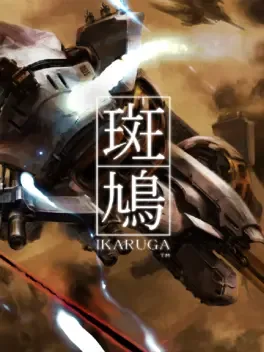
In this vertical scrolling spaceship shooter, you control a ship that can change its polarity at will. As blue/white, the ship can easily destroy red/black enemies, and vice versa. Bullets of your polarity can be collected to fuel your energy gauge, but those opposite will kill you. Destroying an enemy ship causes them to fire revenge bullets which can be absorbed and fired back by the player. Different difficulties exist to change exactly how you interact with polarized points, or how they appear. It is the spiritual successor to Radiant Silvergun, featuring similar level and boss design, as well as it's buddhism inspired themes and aesthetics. Both are directed by Hiroshi Iuchi, who also composed Ikaruga's soundtrack.
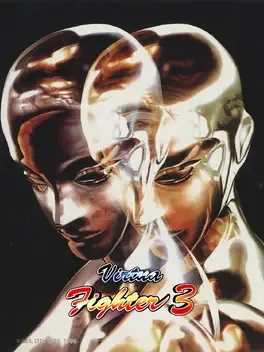
Virtua Fighter 3 is the third fighting game in the Virtua Fighter series. Two new Japanese characters were added to the roster of fighters: Aoi Umenokoji, a beautiful Japanese woman and a childhood friend of Akira Yuki who used a nimble form of Aiki-jujutsu as her fighting style of choice, and Taka-Arashi, a Sumo wrestler from Japan. Taka Arashi would not make another appearance in the Virtua Fighter series until Virtua Fighter 5 R; the series' current producer, Hiroshi Kataoka explained that the removal of Taka in subsequent installments was due to the technical implications of having a substantially larger character.
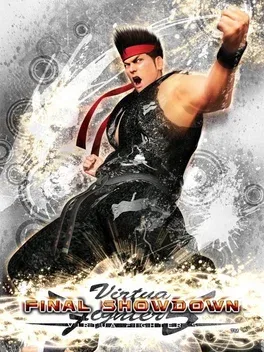
The fifth entry in SEGA's fighting game series. Once again, the real-time level of visual detail and character animation has been upped to the most advanced levels, with next-generation lighting and detail on the fighters and environments. Players will be able to customize their characters by selecting from various patterned costumes and a wide range of attachable items that can be placed onto each fighter's various body parts. Players will not only achieve victory by defeating highly-skilled opponents, but will also compete for prizes and earn in-game money through the match to buy many items at an in-game shop. Virtua Fighter 5: Final Showdown contains a full overhaul of Virtua Fighter 5's mechanics, balance and animations, along with new game modes, new dynamic fighting arenas, a massive collection of customizable character items and new characters.
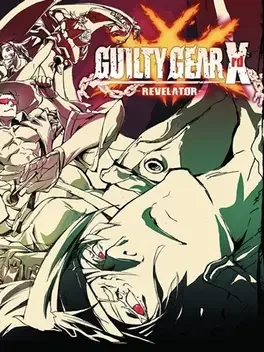
Guilty Gear Xrd: Revelator is a Japanese fighting game and the updated version of Guilty Gear Xrd: Sign. The updated version adds new characters Jack-O, Johnny, and Jam Kuradoberi, as well as updated mechanics, balancing, systems, M.O.M. Mode, and more.
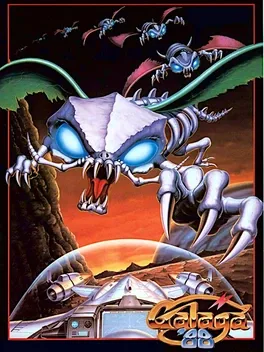
The gameplay in Galaga '88 is built on the same premise as that of the original Galaga game, but is in many ways more complex and more difficult. The game is divided into a series of 29 Stages distributed through eight Worlds. The starship Galaga accelerates between Stages and Worlds and even to higher dimensions (go to the section on Dimensional Travel below to find out more). With the exception of the third and eighth, each World culminates in a Challenging Stage. There are six such stages to engage in any full game, and each begins with the on-screen announcement "That's Galactic Dancin'!" and has its own YM2151-generated song to which the enemy formations dance. In any given Challenging Stage, both the design of the enemies and their dancing formations shall vary according to the player's current Dimension. As in Galaga, the objective is to destroy all forty enemies before they fly away off the screen. However, refraining completely from touching any controls for the duration of a Challenging Stage awards a "secret bonus" ranging in value from 10000 to 25000 points, and equal to the "special bonus" which would have been awarded for destroying all forty enemy aliens instead. Galaga '88 introduces a variety of new enemies and behaviors. Most of these special enemies are worth varying amounts of bonus points when destroyed. Some enemies can combine into larger enemies which take multiple hits to destroy, while others arrive in eggs, explode in a shower of fireworks, grow with multiple hits, or sport armor which makes them invincible while in formation. Certain enemies drop small formations of tiny creatures that wiggle their way down the screen, and still others can act as escorts to incoming groups of enemies and then quickly dive at the player before leaving the game. Most stages also include various obstacles which appear once the enemy formation has been assembled. These can be destroyed with either one or several shots, and the first one on each stage will leave a "Warp Capsule". At the start of the game, the player can select how many Galaga starships to start with (one or two), affecting their number of remaining lives. The game ends after the final boss is defeated (or when the player's last ship is destroyed or captured) - in the latter case, the player can continue the game for an additional credit. The Game Over screen shows the player's hit-miss ratio and a visual representation of their progress. If the player reaches Stage 27, the game also shows a picture of the final boss (damaged if defeated, but silhouetted if not). If the arcade operator has set the "continue" option to "on", the player also cannot continue if he is defeated on Stages 27-29.
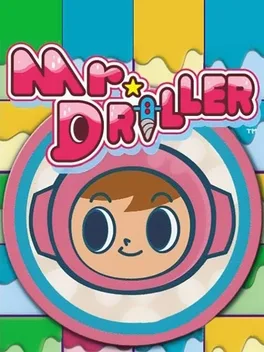
Mr. Driller's world has been covered with mysterious colored blocks. Armed with only a mighty drill, you'll have to dig your way down to safety before his air supply runs out! It will take quick thinking and sharp reflexes to get the job done. Can you handle the challenge? Mr Driller is a real-time puzzle game that relies solely on quick-thinking and a bit of planning. Gameplay is a combination of Tetris and Boulder Dash: You have to drill down through multi-colored blocks to reach the bottom while avoiding the consequences of reckless drilling (blocks may fall on you and crush you).

This video game is based on the cartoon television series Bucky O'Hare and the Toad Wars under license from Hasbro, Inc. While it is generally classified as a scrolling fighting game, utilizing a Final Fight-esque landscape, the player's character is also armed with a laser gun, adding in elements of a scrolling shooter. However, if the character is extremely close to an enemy, he will throw out his fists to attack - a precursor to the characters featured in Metal Slug, who use knives in close combat. Much like the cartoon, Bucky O'Hare features colorful animation, and voice actors from the series were hired to participate in the game's cut scenes. The player chooses from five protagonists: Bucky O'Hare, the heroic rabbit captain of the space ship Righteous Indignation; Jenny, an "Aldebaran cat" and telepath; Dead-Eye Duck, a four-armed mallard; Willy, a kid from earth that replaced their engineer, and Blinky, a one-eyed android. As in the television series, the characters must stop the Toad Empire from invading extraterrestrial planets and enslaving their peoples; to do so they must shoot their way through an army of brainwashed toads to destroy their evil leader, a computer program known as "Komplex" and release the "Interplanetary Life Force." The enemies, among them Al Negator, Toadborg, Total Terror Toad, a "Cyborg Spider", the various varieties of Toad Storm Troopers, the Toads' Air Marshall, and "Komplex-2-Go" who featured in the comic book and cartoon series continuities.